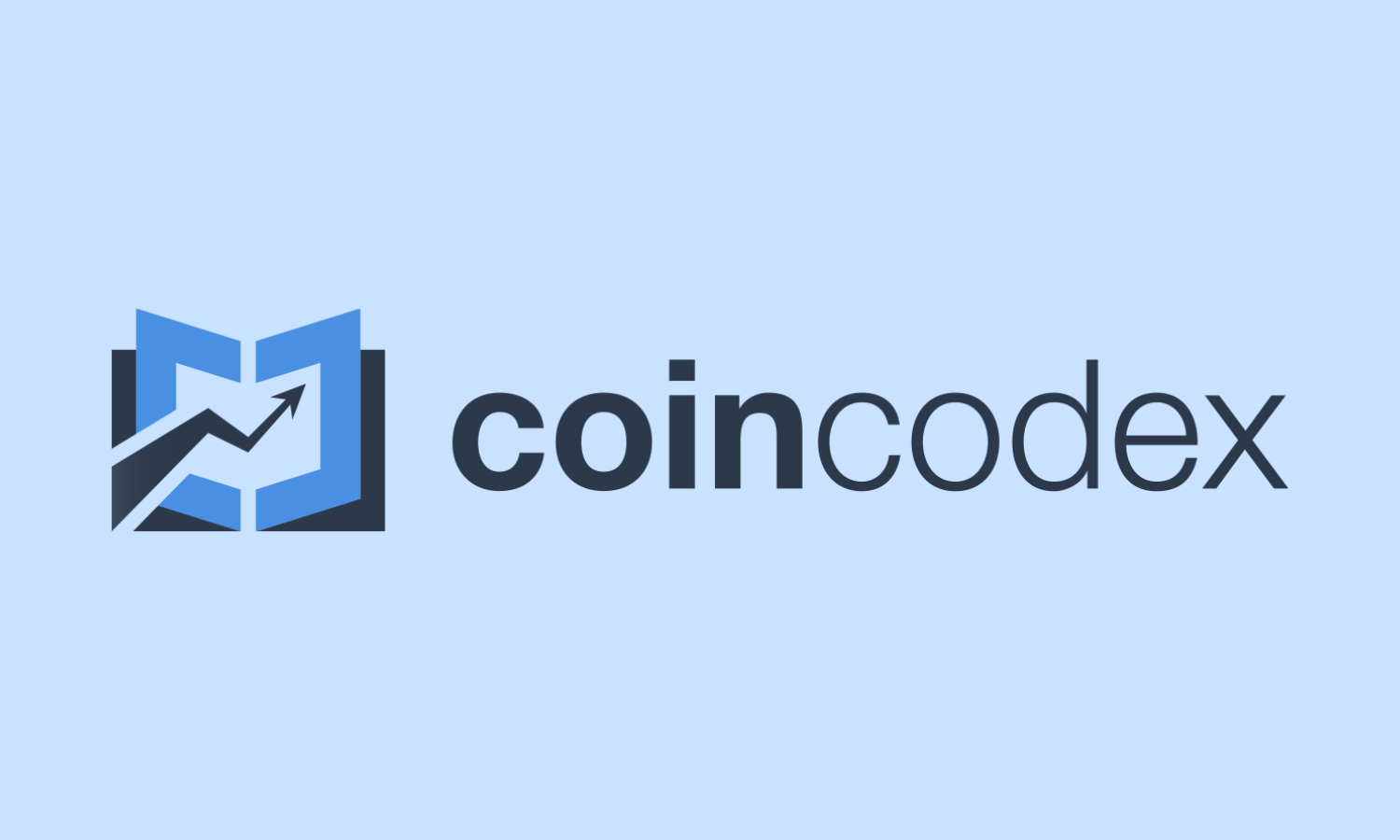What Surprises Lurk in the Latest US-China Trade Agreement?

After days of high-stakes negotiations in London, President Trump announced that the United States and China had reached a new trade deal, though, as always, the devil is in the details. On Wednesday morning, Trump took to Truth Social in his signature all-caps style: “OUR DEAL WITH CHINA IS COMPLETE, SUBJECT TO FINAL APPROVAL BY PRESIDENT XI AND MYSELF.”According to Trump, the agreement includes a promise from China to supply “magnets and any necessary rare earth elements upfront.” In exchange, the U.S. will fulfill its commitments, including reopening opportunities for Chinese students to attend American colleges and universities — something Trump described as “always good with him.” However, the numbers at the heart of the deal are what truly stand out: the U.S. will impose tariffs at a rate of 55%, while China’s tariffs will fall to just 10%. Trump called the new relationship “excellent” and thanked all parties for their attention to the issue.Commerce Secretary Howard Lutnick confirmed late on June 12 that the two countries had “reached a framework agreement to implement the Geneva consensus.” This consensus refers to the trade truce agreed upon in May, which saw U.S. tariffs on most Chinese goods drop from 145% to 30%, while China agreed to reduce tariffs on most U.S. goods from 125% to 10%. The Geneva agreement was meant to give both sides until August 10 to finalize a broader trade pact, but implementation soon stalled amid mutual accusations of violations.The U.S. complained that China was “moving slowly” in allowing exports of rare earth elements — vital for electronics, renewable energy, and defense industries. In response, the Trump administration tightened restrictions on key chemicals, imposed stricter export rules for critical semiconductor design software, and revoked visas for Chinese students. These moves raised the stakes, making the London talks a crucial opportunity to break the deadlock.S&P 500 index for the last month. Source: Yahoo FinanceLutnick described the new framework as “adding substance to the Geneva consensus,” emphasizing that it would further reduce the triple-digit tariffs both nations had imposed on each other. He noted that China has agreed to lift barriers on rare earth minerals “in a balanced way,” though he did not provide further details.Negotiators spent two intense days in London working through the stalled implementation of the Geneva consensus, finally concluding their marathon late on June 10. China’s Vice Commerce Minister Li Chenggang also confirmed the agreement, noting that it remains subject to final approval by both President Trump and President Xi Jinping.While the headlines focus on tariffs and rare earths, the deal’s significance runs deeper. For the U.S., securing access to rare earth elements is critical for technology and defense supply chains. For China, reopening the door for students and reducing tariff pressure could help stabilize its export-driven economy. For both, the agreement signals a willingness to compromise — at least for now — in a global environment marked by uncertainty and shifting alliances.US Stocks Heatmap. Source: TradingViewMarket reaction was swift. U.S. and Chinese equities both rallied on the news, while analysts cautioned that the fine print could still hold surprises. The history of U.S.-China trade talks is littered with setbacks and reversals, and both sides will be watching closely as the agreement moves toward final approval.As with all major deals, the true impact will only become clear over time. For now, the world is left to parse the details — and to wonder what’s really hidden in the latest chapter of the U.S.-China trade saga.Get Started on eToroeToro is a multi-asset investment platform. The value of your investments may go up or down. Your capital is at risk. Don’t invest unless you’re prepared to lose all the money you invest. This is a high-risk investment and you should not expect to be protected if something goes wrong.

Published on Other News Site













